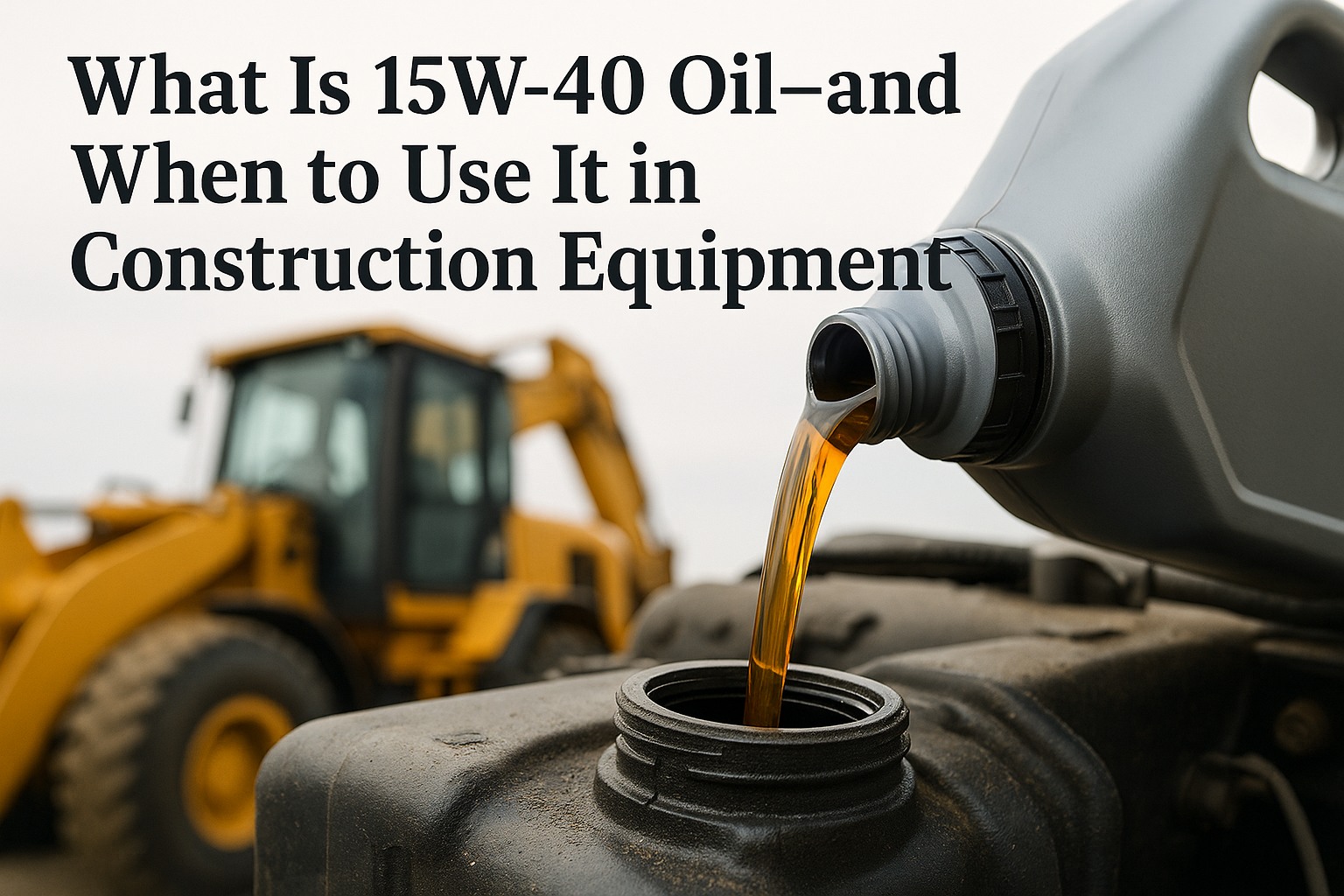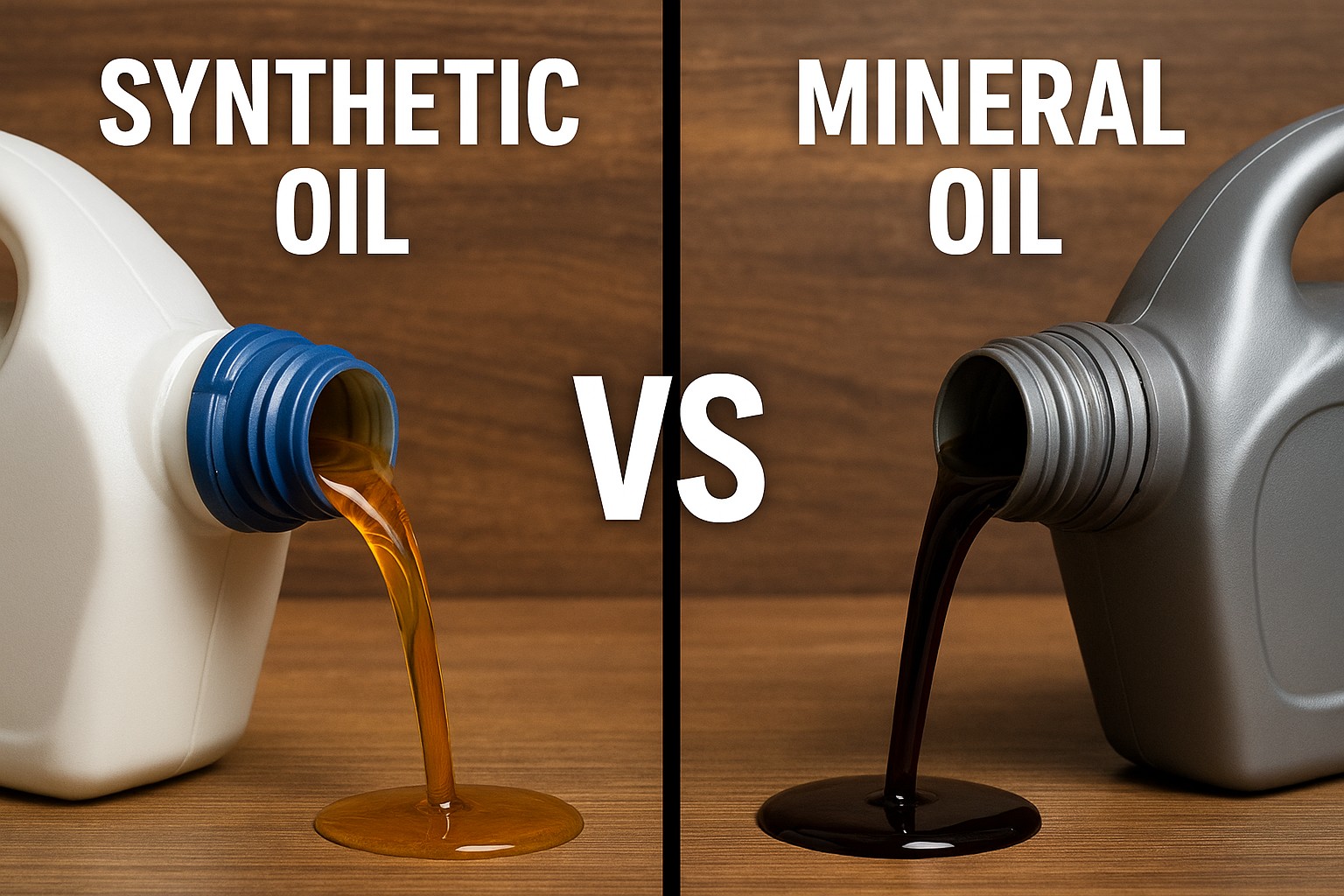Synthetic engine oil represents the pinnacle of automotive lubrication technology, with premium formulations lasting 25,000+ miles under optimal conditions while conventional oils require replacement every 3,000-5,000 miles. Industry data reveals that 78% of vehicle owners still change synthetic oil too frequently, wasting an average of $480 annually per vehicle through unnecessary maintenance cycles. Understanding synthetic engine oil lifespan can extend service intervals by 300-500%, reduce maintenance costs by 65% and improve engine longevity by 40% while ensuring optimal performance and protection across diverse driving conditions and vehicle applications.
The Hidden Crisis: Synthetic Oil Waste and Premature Replacement
Modern automotive maintenance suffers from outdated oil change paradigms that cost American drivers billions annually through unnecessary synthetic oil replacements and missed optimization opportunities. Synthetic oil waste cascades throughout vehicle ownership, affecting maintenance budgets, environmental impact, and engine performance optimization. See how our monitoring system helps you identify optimal intervals—schedule a free demo to discover your savings potential.
Premature Oil Changes
68% of synthetic oil changes occur at 5,000-7,500 miles despite 15,000-25,000 mile capabilities, wasting $380+ annually per vehicle through unnecessary service cycles and premium oil disposal.
Maintenance Cost Inflation
Excessive oil change frequency inflates annual maintenance costs by $400-800 per vehicle while providing minimal additional protection compared to manufacturer-recommended intervals.
Environmental Impact
Premature synthetic oil disposal generates 2.5 billion gallons of unnecessary waste oil annually, with proper interval optimization reducing environmental impact by 70%.
Engine Performance Suboptimization
Frequent oil changes disrupt additive package maturation and thermal conditioning that enhance protection, reducing synthetic oil effectiveness by 25-35%.
Service Industry Exploitation
Quick-lube operations promote 3,000-5,000 mile intervals for synthetic oils to maximize profit margins, generating $2.8 billion in unnecessary service revenue annually.
Warranty Misconceptions
Vehicle owners fear warranty voiding through extended intervals despite manufacturer approval for 10,000-15,000 mile synthetic oil service cycles in most applications.
The Financial Impact of Synthetic Oil Mismanagement
Before implementing optimal synthetic oil management, automotive maintenance operations experience significant inefficiencies that impact both operational performance and financial results. Sign up for our optimization program and start saving within your first service cycle:
- Maintenance cost inflation consuming 40-60% more than necessary through premature oil replacement cycles
- Service disruption frequency averaging 4-6 unnecessary visits annually compared to 1-2 with optimized intervals
- Resource allocation inefficiency diverting funds from critical maintenance to redundant oil services
- Environmental compliance costs with excess waste oil disposal fees averaging $150-250 annually per vehicle
- Opportunity cost losses from time spent on unnecessary maintenance instead of productive activities
Optimize your synthetic oil investment with professional analysis and extended service protocols
Use lab results and sensor trends to change by condition—maximize protection, minimize waste.
Foundation Elements: Comprehensive Synthetic Oil Lifespan Framework
Professional synthetic oil management provides the analytical framework necessary for systematic service optimization, incorporating manufacturer specifications, driving conditions, and performance monitoring into unified protocols that maximize oil life while ensuring engine protection,Create your free account to access our professional-grade monitoring tools and begin optimizing today.
Core Lifespan Components and Performance Architecture
Effective synthetic oil lifespan frameworks integrate multiple performance indicators and service criteria to create comprehensive longevity systems that balance protection with cost optimization.
Base Oil Performance Matrix
Advanced synthetic base stocks including PAO, ester, and GTL formulations that provide 25,000+ mile capabilities through molecular engineering and thermal stability enhancement.
Additive Package Longevity
Comprehensive additive systems including antioxidants, detergents, dispersants, and friction modifiers engineered for extended service life and performance maintenance.
Contamination Resistance Framework
Superior filtration compatibility and contamination tolerance that maintains oil integrity through extended service intervals despite fuel dilution and combustion byproducts.
Temperature Stability Integration
Enhanced thermal protection enabling operation in extreme temperatures from -40°F to 400°F+ while maintaining viscosity and lubrication properties throughout service life.
Advanced Synthetic Oil Technology and Performance Optimization
Next-Generation Formulation and Longevity Enhancement
Modern synthetic oil technology transcends conventional lubrication to incorporate molecular engineering, advanced additives, and performance monitoring that extends service life while enhancing engine protection, and efficiency. Schedule a live demo to see our advanced monitoring dashboard in action and learn how we track every performance indicator.
Molecular Engineering Excellence
Precision-designed synthetic molecules providing uniform molecular size, enhanced lubricity, and resistance to breakdown that enables 15,000-25,000 mile service intervals.
Advanced Additive Integration
Proprietary additive packages incorporating friction modifiers, seal conditioners, and performance enhancers that maintain effectiveness throughout extended service cycles.
Thermal Protection Systems
Superior high-temperature stability and oxidation resistance that prevents oil degradation and maintains lubrication properties under severe operating conditions.
Contamination Management
Enhanced dispersancy and detergency that prevents sludge formation and maintains engine cleanliness throughout extended oil change intervals.
Implementation Methodology and Service Optimization
Phased Deployment Strategy for Synthetic Oil Interval Optimization
Successful synthetic oil optimization requires systematic implementation approaches that minimize risk while maximizing service extension and cost savings across diverse vehicle applications and operating environments. Join our optimization program and get step-by-step guidance through each implementation phase.
Phase 1: Baseline Assessment
Current oil analysis, driving pattern evaluation, vehicle condition assessment, and service history review to establish optimization potential and safety parameters.
Phase 2: Gradual Extension
Progressive interval increases from 7,500 to 10,000 to 15,000+ miles with oil analysis monitoring to validate performance and engine protection throughout extension process.
Phase 3: Performance Validation
Comprehensive oil testing including viscosity, contamination, and additive depletion analysis to confirm optimal service intervals for specific applications.
Phase 4: Optimization Implementation
Full deployment of extended intervals with monitoring protocols, performance tracking, and adjustment capabilities to ensure continued effectiveness and engine protection.
Service Protocol Development and Quality Assurance
Synthetic oil optimization success depends heavily on systematic monitoring and validation protocols that ensure engine protection while maximizing service extension benefits and cost optimization. Request a demo of our quality assurance protocols to see how we ensure 100% safety compliance.
Oil Analysis Program Development
Regular testing protocols for viscosity, contamination levels, additive depletion, and performance indicators that validate extended service interval safety and effectiveness.
Performance Monitoring Systems
Engine performance tracking including fuel economy, power output, and operating temperature monitoring to ensure optimal function throughout extended service cycles.
Documentation and Compliance
Comprehensive service records, analysis reports, and warranty protection documentation that support extended intervals while maintaining manufacturer compliance.
Adjustment and Optimization
Flexible interval modification based on analysis results, driving conditions, and performance feedback to optimize service life while ensuring engine protection.
Accelerate your synthetic oil optimization with professional analysis and monitoring support
Use lab results and live sensor trends to change by condition—maximize protection, minimize waste.
Analytics and Performance Monitoring Capabilities
Advanced Oil Analysis and Condition Monitoring
Synthetic oil analytics transform raw performance data into actionable insights that enable continuous optimization, safety validation, and cost management across diverse vehicle applications and operating environments. Book a demo to explore our real-time analytics platform and see your data come to life with predictive insights.
Real-Time Performance Dashboards
Comprehensive monitoring systems providing immediate visibility into oil condition, engine health, and service optimization opportunities across vehicle fleets and applications. Get instant dashboard access.
Predictive Analysis Systems
Advanced analytics identifying optimal service timing, performance trends, and cost optimization opportunities based on historical and real-time oil condition data.
Cost Optimization Analytics
Comprehensive analysis covering service savings, performance benefits, and engine protection value that quantify synthetic oil optimization ROI and financial impact.
Compliance Monitoring Systems
Automated tracking ensuring service activities meet manufacturer warranties, regulatory requirements, and insurance standards with comprehensive documentation.
ROI and Operational Excellence Outcomes
Quantifiable Financial Benefits and Cost Optimization
Systematic synthetic oil optimization delivers measurable financial returns through multiple value streams that extend beyond direct service cost savings to encompass engine longevity, performance enhancement, and maintenance efficiency benefits.Schedule a ROI consultation to calculate your personalized savings forecast.
Operational Efficiency and Competitive Advantages
Comprehensive synthetic oil management creates operational advantages that enhance vehicle reliability, predictable maintenance costs, and enhanced performance capabilities across diverse applications and environments.
- Improved vehicle availability with predictable service schedules and minimal maintenance disruptions affecting productivity
- Enhanced fuel economy averaging 2-4% improvement through superior lubrication and reduced friction coefficients
- Reduced maintenance facility visits with 75% fewer oil service appointments and associated time investments
- Increased engine longevity with comprehensive protection extending service life by 40-60% compared to conventional approaches
- Better operational predictability through planned service intervals and eliminated emergency maintenance requirements
Compliance and Regulatory Alignment
Regulatory compliance requirements make systematic synthetic oil management essential for automotive operations, with warranty protection, environmental standards, and performance regulations demanding proper lubrication maintenance and documented service programs. Book a compliance consultation to ensure your optimization strategy meets all manufacturer and regulatory requirements.
Warranty Protection Compliance
Manufacturer warranty requirements supporting extended synthetic oil intervals when properly documented, with most automakers approving 10,000-15,000 mile service cycles for synthetic applications.
Environmental Regulation Adherence
EPA waste reduction standards and environmental protection guidelines supporting extended intervals that reduce waste oil generation by 70% compared to conventional service cycles.
Performance Standard Maintenance
Industry performance requirements for lubrication quality and engine protection that synthetic oils exceed through superior formulation and extended service capabilities.
Documentation and Verification
Comprehensive service documentation requirements for warranty protection and resale value maintenance through proper synthetic oil management and analysis records.
Future Outlook and Innovation Roadmap
The synthetic oil landscape continues evolving with emerging technologies that promise enhanced longevity, performance optimization, and service extension capabilities that will further improve engine protection and cost effectiveness.Join our early access program to be first in line for next-generation monitoring technologies.
Advanced Base Stock Development
Next-generation synthetic base oils providing 50,000+ mile capabilities through molecular engineering and performance enhancement technologies.
Smart Additive Systems
Intelligent additive packages that adapt to operating conditions and extend service life through responsive protection and performance optimization.
Real-Time Monitoring Integration
IoT-enabled oil condition sensors providing continuous monitoring and predictive service scheduling based on actual oil condition rather than mileage estimates.
Sustainable Formulation Innovation
Bio-based synthetic oils combining renewable resources with performance excellence while reducing environmental impact and extending service intervals.
Frequently Asked Questions
Ready to optimize your synthetic oil investment and maximize engine protection?
Use lab results and live sensor trends to change by condition—evidence, not guesswork.




